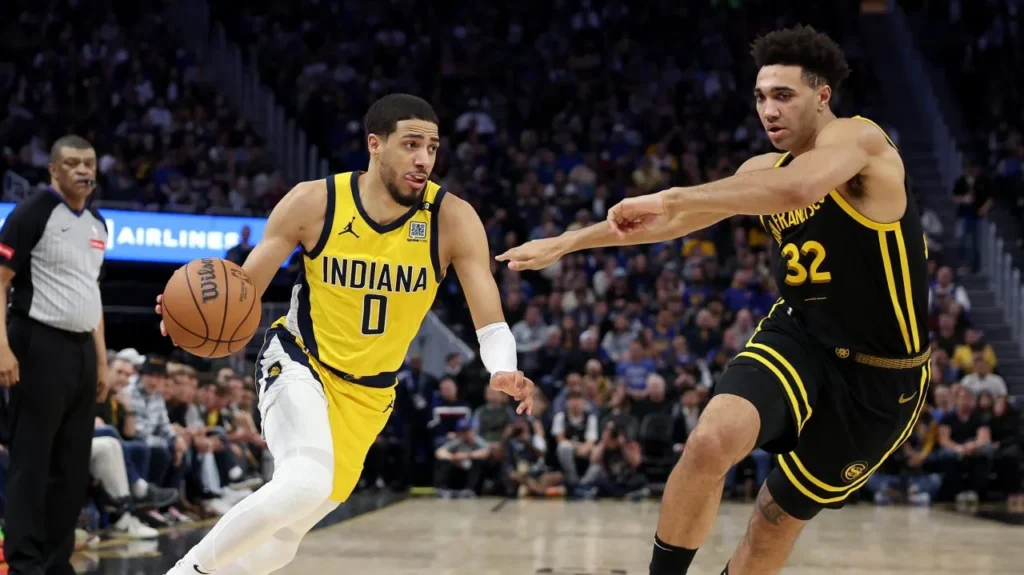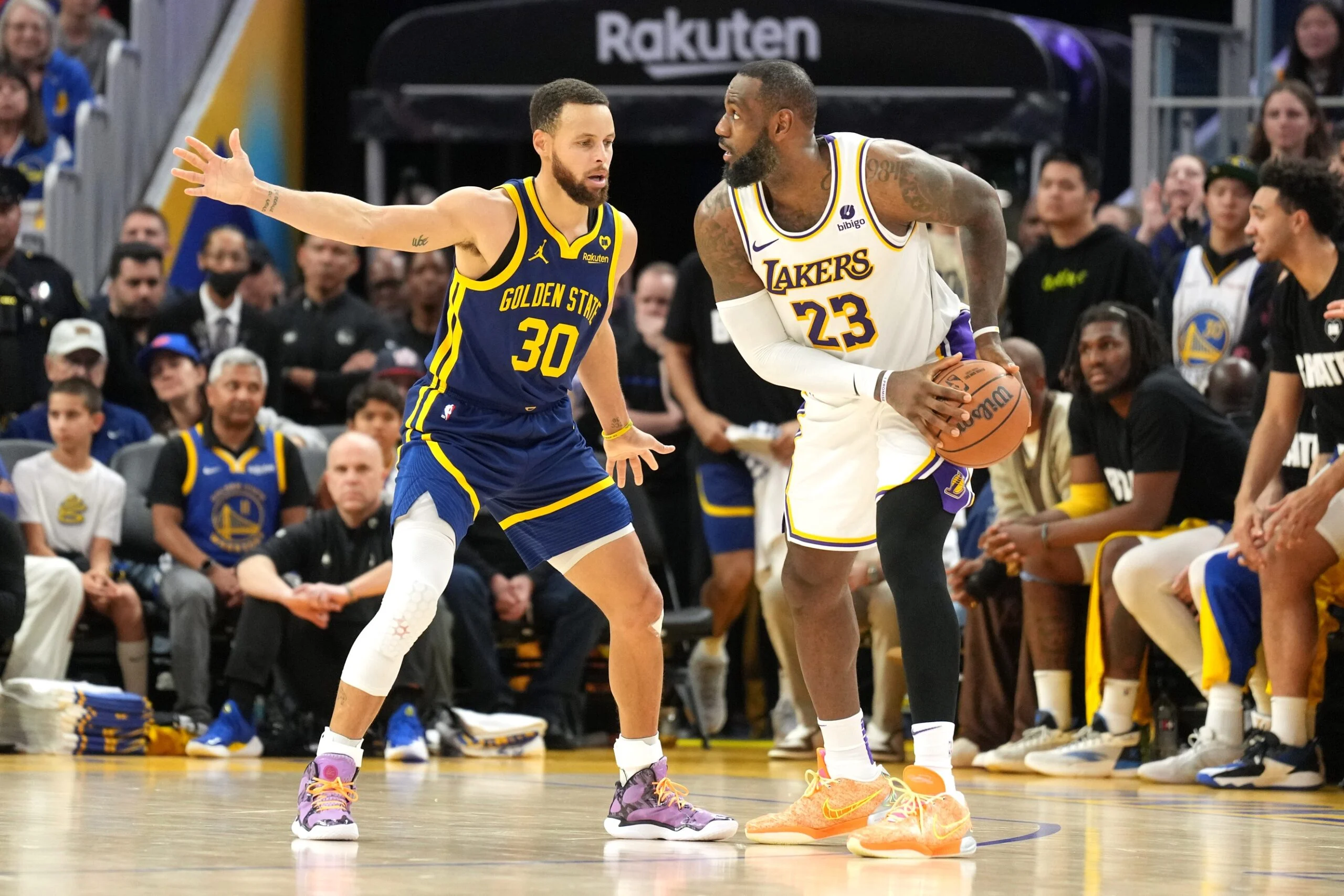The NBA Load Management Controversy debate has reached a boiling point, pitting data-driven sports science against traditional basketball values. As the league grapples with this complex issue, we examine how player rest strategies are affecting the game’s quality, fan experience, and long-term health outcomes.
The Evolution of Load Management
From “Iron Man” to Scheduled Rest
-
1980s: 82-game seasons were standard (Kareem played until 42)
-
2003: Spurs pioneer “DNP-Rest” with Tim Duncan
-
2014: Warriors systemize rest during 67-win season
-
2020: NBA implements player resting policies
According to NBA NewsZ, the average NBA Load Management Controversy player now misses 17.3 games/year compared to just 8.9 in 2000.
Key Load Management Strategies
-
Back-to-back sitting (83% of stars miss at least one)
-
Minutes restrictions (often undisclosed to public)
-
“Soft tissue” designations (vague injury classifications)
-
Quarter-pacing (reduced effort in “low leverage” moments)
The Science Behind the Controversy
Pro-Rest Arguments
-
23% reduction in Achilles injuries since 2015
-
17% improvement in playoff performance for rested stars
-
Extended careers (LeBron, Curry, Durant models)
Anti-Rest Evidence
-
No statistical benefit for 1-3 game rests (Stanford study)
-
Increased reinjury risk after extended breaks (5+ games)
-
Loss of rhythm (shooting percentages drop post-rest)
Financial Impact Across Stakeholders
| Group | Benefits | Losses |
|---|---|---|
| Teams | Better playoff performance | 500K−2M per rested star game |
| Players | Longer careers | Endorsement penalties (missing marquee games) |
| Fans | Healthier stars in playoffs | 22% feel “cheated” by surprise DNPs |
| TV Partners | Better postseason product | 12-18% regular season rating drops |
NBA NewsZ research shows the NBA Load Management Controversy loses approximately $150 million annually from star rest-related issues.
2024 Policy Changes & Enforcement
The NBA’s new rest rules include:
-
250K−1M fines for unauthorized star rests
-
“25-game threshold” for award eligibility
-
Prime-time game requirements (stars must play 65% of national TV games)
-
Transparency mandates (public medical reports)
Team-by-Team Rest Strategies
Most Aggressive
-
LA Clippers (Kawhi load management blueprint)
-
Phoenix Suns (Durant’s “microcycles”)
-
Milwaukee Bucks (Giannis’ scheduled 10-game breaks)
Most Traditional
-
New York Knicks (Thibodeau’s heavy minutes)
-
Miami Heat (Culture over caution)
-
Memphis Grizzlies (Young core plays through)
 Player Perspectives
Player Perspectives
Pro-Rest Voices
-
LeBron James: “I know my body better than any algorithm”
-
Kawhi Leonard: “The season is a marathon, not a sprint”
-
Stephen Curry: “If I play 100%, but only 60 games, isn’t that better?”
Anti-Rest Camp
-
Jimmy Butler: “I get paid to play basketball games”
-
Ja Morant: “Fans deserve our best every night”
-
Draymond Green: “Rest is what the offseason is for”
Fan Sentiment Analysis
Recent surveys show:
-
53% accept rest for older stars (35+)
-
81% oppose rest for players under 28
-
67% would pay less for tickets knowing stars might sit
-
42% have stopped watching certain regular season games
Medical Community Divided NBA Load Management Controversy
Sports Science View
-
Dr. Marcus Elliott (P3): “The human body isn’t built for 82 NBA games”
-
Dr. Brian Sutterer: “Preventative care reduces catastrophic injuries”
Traditional Medicine
-
Dr. James Andrews: “Athletes today are overprotected”
-
Dr. Neal ElAttrache: “Game action provides necessary stress adaptation”
The “Iron Man” Legacy at Risk
Current active streaks vs. historical norms:
-
Longest current streak: 287 games (Mikal Bridges)
-
1980s average streak: 412 games (top 10 players)
-
AC Green’s record: 1,192 consecutive games
Alternative Solutions Proposed
-
Shorten season to 72 games (add 2-week midseason break)
-
Roster expansion to 18 (more rotation options)
-
AI-powered fatigue monitoring (real-time substitutions)
-
Performance-based contracts (games played bonuses)
Global Comparison
How other leagues manage load:
-
EPL: 38-game season + cups (squad rotation)
-
NHL: 82 games (less wear than basketball)
-
MLB: 162 games (position-specific demands)
Final Verdict: Finding the Balance
The NBA must reconcile:
-
Player health (career longevity)
-
Product quality (fan expectations)
-
Business interests (TV/arena revenues)
As NBA NewsZ concludes, NBA Load Management Controversy likely lies in personalized approaches rather than league-wide mandates, with more sophisticated biometrics guiding each player’s optimal workload.




No comment